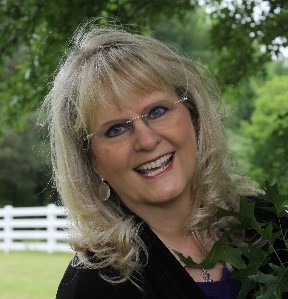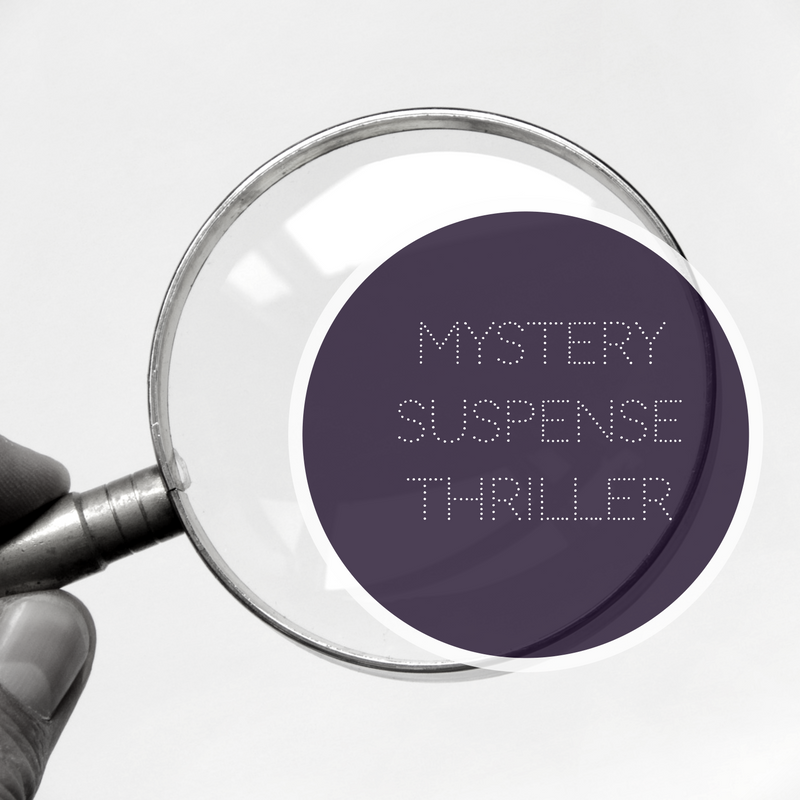Facial expressions speak louder than words, and yet, they don’t make a sound. In most cases, faces convey an approachable or unapproachable signal and can clarify whether people are happy, intrigued, afraid, or angry. Solemn looks can be more complicated and may show stress, plotting, deep thinking, or sadness. Only a few set expressions easily identify moods. Even a smile can come across as deceptive and filled with revenge.
Eyes play a significant role in reading attitudes. When people smile, their eyes brighten and may curve upward. The opposite happens with a frown. Rolling eyes indicate annoyance with another’s actions, but shifting eyes at a crucial moment could expose a lie. Wide eyes can withhold their blinks when tension rises, while uncertainty or fear holds them captive in a frozen stare.
Challenge: During a suspenseful scene in a movie theater, turn around and examine the audience’s expressions. Some may bite their fingernails. Hands might cover faces as they catch a peek between their fingers. Others slide down in their seats, squinting and waiting for the villain’s attack. Watch their actions, posture, and facial expressions and jot them down. This information will be an asset when describing a character’s emotions.
Furrowed brows with wrinkled foreheads may show displeasure, sadness, or worry, maybe even confusion, sympathy, or pain. However, used with red cheeks, flared nostrils, and tight lips, one can suspect anger or rage, especially if it comes with a fist punching a wall or the slamming of a door, and many other scenarios.
Every chapter in Character Expressions by Dahlia Evans gives examples of descriptive facial expressions in writing fiction, which helps engage the reader’s imaginations. Who knew there were so many ways to express moods or emotions, or that entire chapters could contain so much information?
Here are a few of the chapter titles from Dahlia’s book.
- Frown
- Glare
- Grimace
- Pout
- Scowl
- . . . and many more
Valerie Howard’s 1,000 Character Reactions is another great asset to a writer’s literary collection. She states your characters can do more than nod and sigh. If all your character does is smile through the entire story, where will the reader see conflict or tension? No one smiles all the time, so make sure there are other emotions involved.
Challenge: Stand in front of a mirror and think about how you’d respond in different situations. Describe your reaction to fear, surprise, shock, horror, sympathy, compassion, admiration, love, etc. Build a personal list of facial descriptions that you can refer to when writing a character’s silent response.
What first comes to mind when you see pursed lips, a clenched jaw, or the quivering chin? You see people at a distance and may not speak to them, but you read expressions every day without realizing it.
Challenge: Describe the mood of your character in each expression:
- One eyebrow lifted, sporting a smirk
- Color draining from one’s cheeks with eyes widened in a frozen stare
- Slightly narrowed eyes while biting the lip
- Blank expression and shifting eyes
- Bright eyes and a big smile
- Lowered brows, tight lips, and flared nostrils
- Red face, glaring eyes, jutting jaw
- Rolling eyes
Study and discover what’s behind a sneer, open mouth, or closed eyes. Not every facial expression is suspicious. Widened eyes give off the signal that you have nothing to hide. A flash of the eyebrows raising and lowering suggests familiarity or a sign of attraction or interest.
Have you ever heard of the Duchenne smile? According to www.scienceofpeople.com/microexpressions/ The Duchenne smile is a genuine smile that comes from true enjoyment and can be distinguished from a fake smile by the orbicularis oculi muscle, which forms crow’s feet wrinkles around the eyes. Who knew?
Facial expressions are part of life and a significant part of showing every character’s reactions, along with their body language. In writing, it’s imperative to show the correct facial responses and descriptions to match the intensity of the scene.
What expressions have you used when writing a suspenseful scene?

Loretta Eidson writes romantic suspense. She has won and been a finalist in several writing contests, including first place in romantic suspense in the Foundations Awards at the 2018 Blue Ridge Mountain Christian Writers Conference, a finalist in ACFW’s 2018 Genesis, was a finalist in the 2018 Fabulous Five, and a double finalist in the 2017 Daphne du Maurier Award for Excellence.
Loretta lives in North Mississippi with her husband Kenneth, a retired Memphis Police Captain. She loves salted caramel lava cake, dark chocolate, and caramel Frappuccinos.
Visit her:
- Website: lorettaeidson.com
- Facebok: loretta.eidson.7


 We love helping your growing in your writing career.
We love helping your growing in your writing career.

No Comments